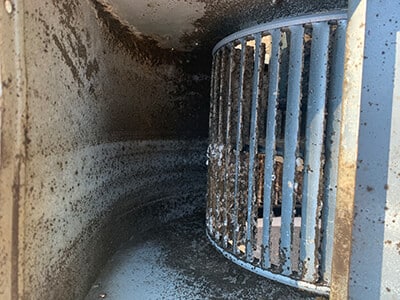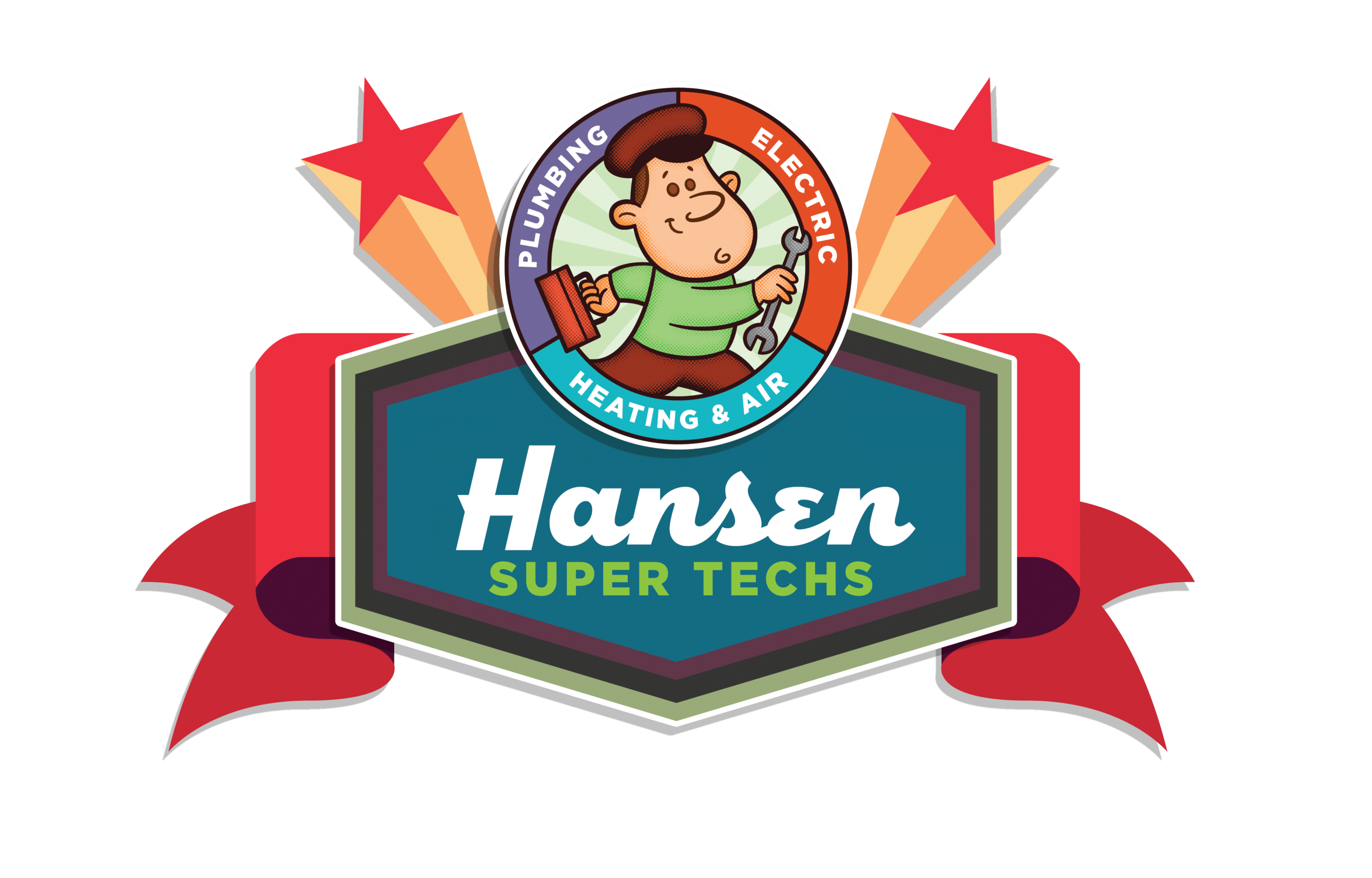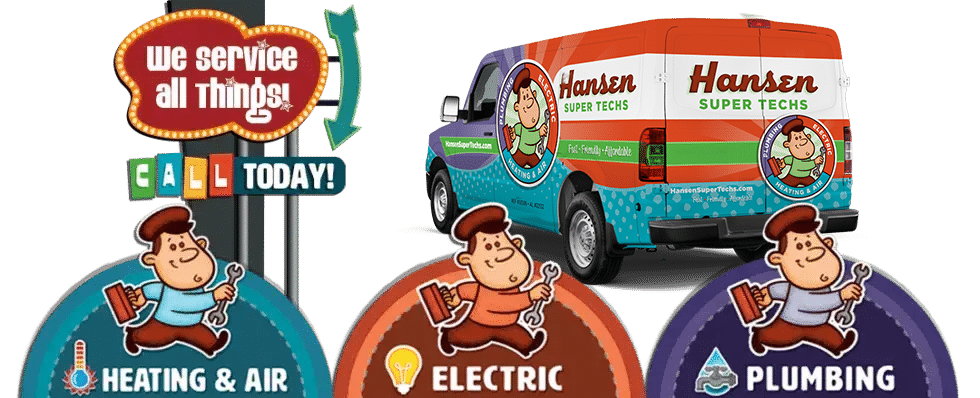Cleaning Your Furnace or Heat Pump

Your home heating system is an integral aspect of your home. It is also a significant investment, and cleaning it on a seasonal basis will extend its lifespan and keep it as efficient as possible. That will result in a lower total cost of ownership and, thus, a greater return on your investment.
Hiring a Home Heating Professional
It’s important to note that all heat pump and furnace cleaning should be performed by a professional, and there are a number of reasons for this. HVAC warranties require it, and doing it yourself can void your coverage. In addition, a technician will not just clean your equipment but inspect it and be able to identify minor wear and tear before it develops into a much more serious problem.
Supply Vents
Let’s start with four aspects of cleaning a heating system that are the same whether you have a furnace or heat pump or perhaps have even both. The first of these is the supply vent. All homes with a ducted system will have at least have one and some will have multiple. This is the vent through which air is drawn into the system and the one that has an air filter. These filters should be replaced — or cleaned but only if you have filters that are designed as washable — at least every three months. We actually recommend a monthly inspection and swapping them out whenever you can see the dirt.
Return Vents
Return vents are what supply warmed air to your living spaces. We recommend checking these once a month as well. Use a microfiber duster to clear them of any dust. If your vents are located on the floor, near the baseboard or below chair rail level, ensure that they are unobstructed by furniture or other objects. Return vents can be slid open or closed. Make sure your vents are open if you have a fixed-speed blower or are unsure of which type of air handler you have.
Ductwork
The EPA recommends cleaning your ductwork as needed because the accumulated dust will undermine your indoor air quality. It varies from home to home, but the general industry recommendation is to clean them every three to five years. Cleaning your ductwork requires temporary removal of the supply and return vents. You can then use a vacuum and preferably one with a HEPA filter bag. Be mindful that, if you use a vacuum designed for at-home use, you will not be able to capture all of the dust. Professional duct cleaners use cameras and commercial vacuums with long, large-circumference air lines.
Blower or Air Handler
The blower or air handler is located inside the home and typically in the attic. It helps to have both an air compressor and a shop vac, and the primary task here is to remove all of the accumulated dust. To reach the area where the dust accumulates, you may have to remove the assembly, which is also called a squirrel cage.
Cleaning a Heat Pump
A heat pump comprises two main units: an outdoor unit and an indoor unit. The outdoor unit requires annual cleaning prior to the heating season. The indoor unit does not require as much attention and can be cleaned every two to four years depending on usage. Prior to cleaning any aspect of your system — not including the vents — disable it via the outdoor HVAC disconnect or the circuit panel.
Outdoor Unit Fins
To clean the outdoor unit, you need to lift off the cover, which generally requires removing four or more screws. Once the lid is off, you want to remove leaves and any other large accumulation. Grab what you can by hand. Then, use a water hose with a pressurized nozzle. Be sure to spray from the inside out. This will ensure that any leaves, twigs and so forth stuck in the fins will be pushed away.
Outdoor Unit Internals
You also need to clean the condenser coil and any of the electrical connections where there may be a buildup of any type of gunk. Depending on how clean the internals are, the pressurized water spray from the hose may be enough to get the job done. If not, we recommend a mixture of warm water and dish soap. You can use a brush but not one with overly hard bristles. In the event this is not enough to get the job done, you can purchase a foaming cleaner that is specifically designed for HVAC coils. These foams are generally applied, left to sit for a while and, then, cleaned away with cold water.
Condensate Drain
Your heat pump likely has a condensate drain, which is usually a PVC pipe that extends away from the home. This is used more during the cooling season but can be used during the heating season. Therefore, you want to ensure that the drain is cleared of any debris.
Indoor Unit Internals
The indoor unit has a coil as well. This should be inspected and cleaned as needed. This is usually every two to four years, and warm water and dish soap are typically enough to get the job done.
Cleaning a Furnace
Unlike a heat pump, your furnace has just an indoor unit. Furnaces are more prone to dust and other accumulations, and thus, seasonal cleaning is recommended. As with a heat pump, prior to cleaning it, you need to disable it either via the outdoor disconnect switch or through the panel box.
Burners
Burners should be cleaned each year prior to the start of the heating season. For this step and the three to follow, you will need an air compressor, a vacuum and soft-bristled and wired brushes. Compressed air or a PC air blower will usually be good enough in place of an air compressor. If the accumulation on the burners is particularly stubborn, you may need to use a brass brush instead.
Heat Exchanger
Use a wired brush to remove any accumulation that is attached to the heat exchanger itself. Use a bright flashlight to ensure that you did not miss any spots and that there are no cracks in the exchanger. Finally, use your shop vac to remove all of the loose dust and grime.
Flame Sensor
The flamer sensor has to be unscrewed and then pulled out of its compartment. Be careful not to touch it with your bare hands since you don’t want the oils to get on it. Use a material that is mildly abrasive, such as an old but clean rag, and run it back and forth along the metal sensor until all of the accumulation is removed.
Furnace Coil
The evaporator coil may be located in the air handler or the furnace itself. You will typically have to remove an access panel to reach it. You will then want to spray it with a foaming cleanser designed specifically for evaporator coils. Two coatings are generally recommended. Wipe clean after the second coating has sat for the instructed amount of time.
Your Local Furnace and Heat Pump Experts
Hansen Heating & Air has been a trusted heating and cooling company for more than 15 years, and we provide our services in Baldwin County and Mobile in Alabama. We also serve the Mississippi Gulf Coast. Our company installs, maintains and repairs furnaces and heat pumps. We also install, maintain and repair air conditioners. Call Hansen Super Techs today or contact us online to schedule an appointment!

